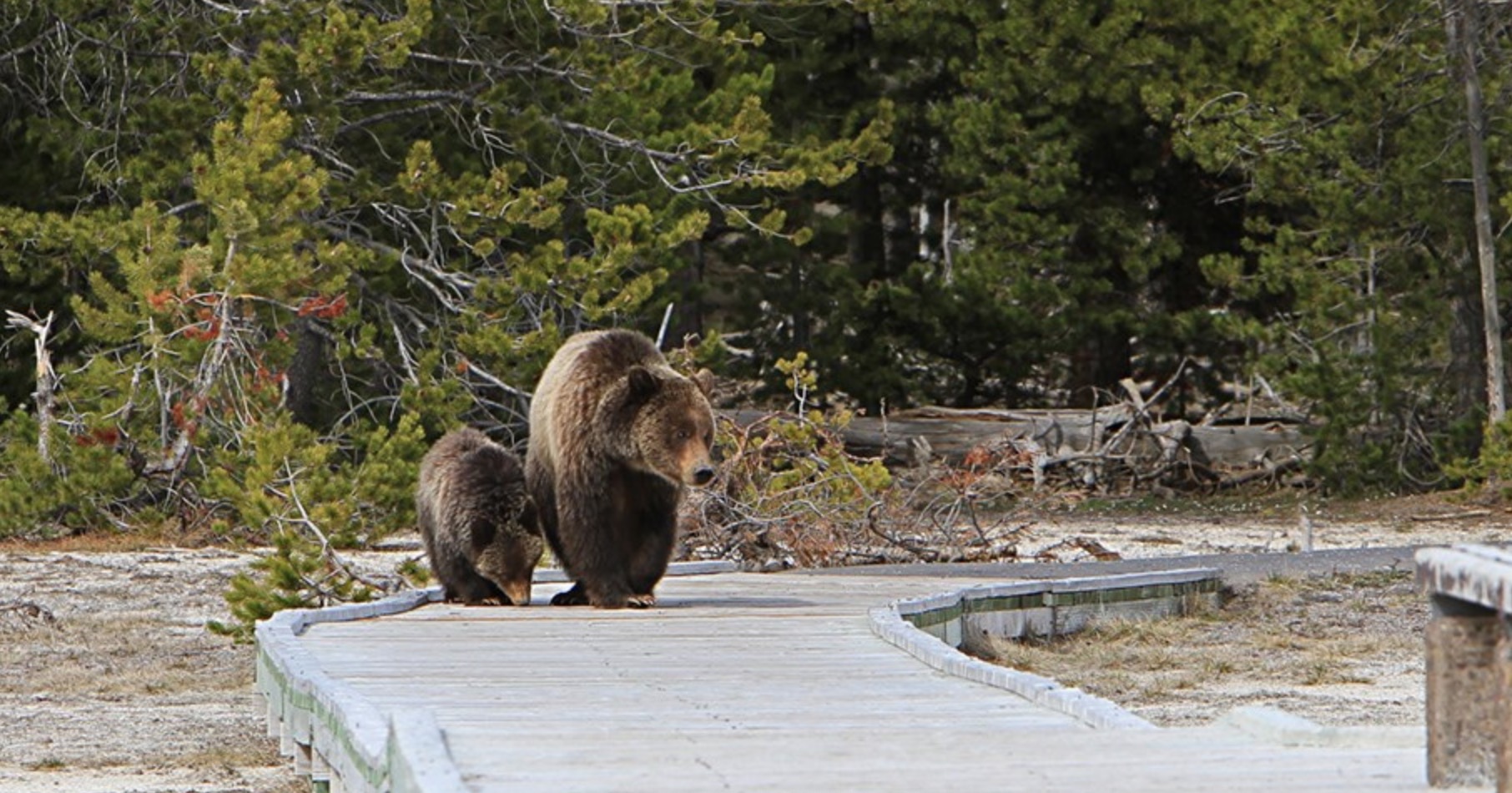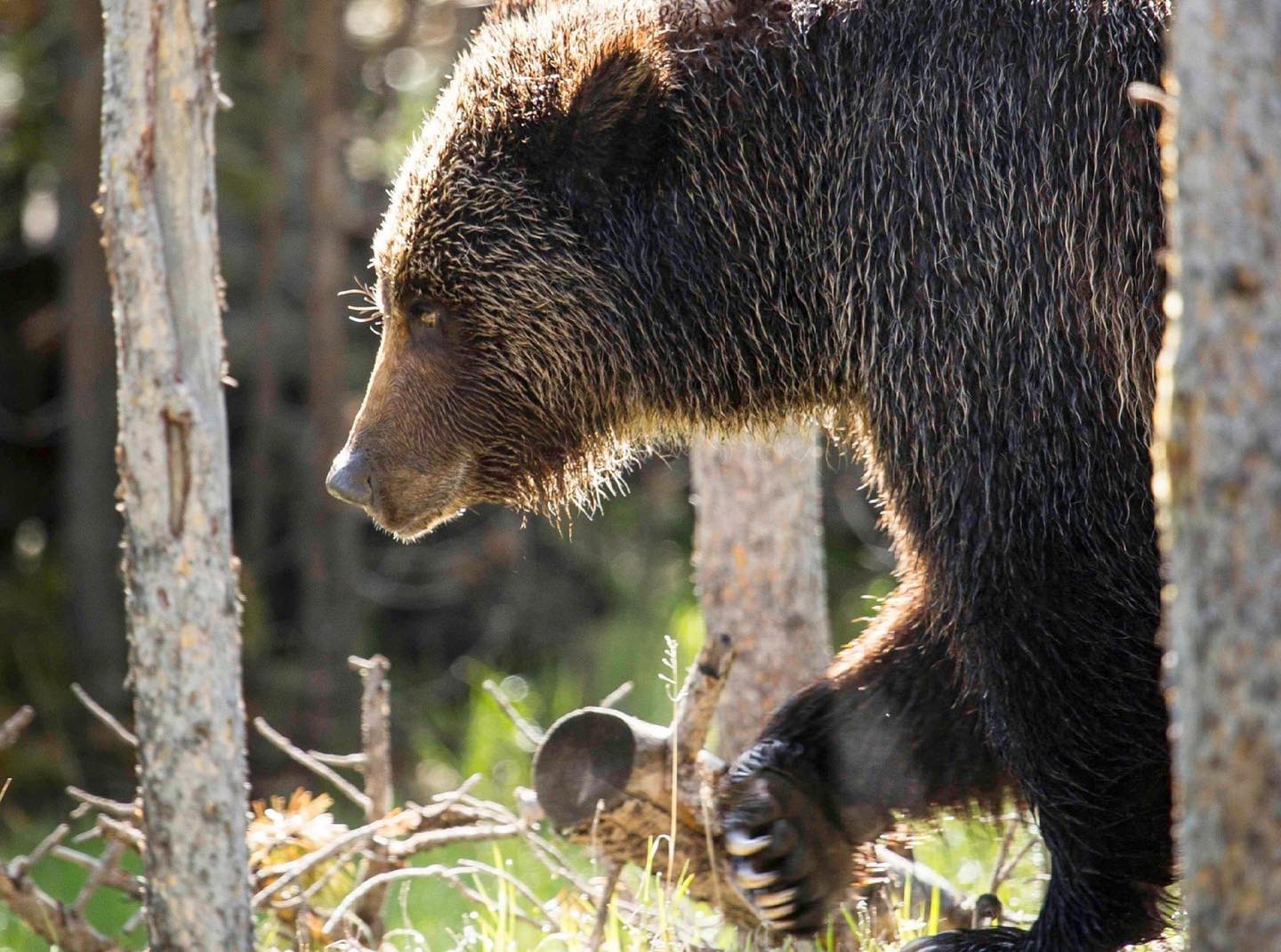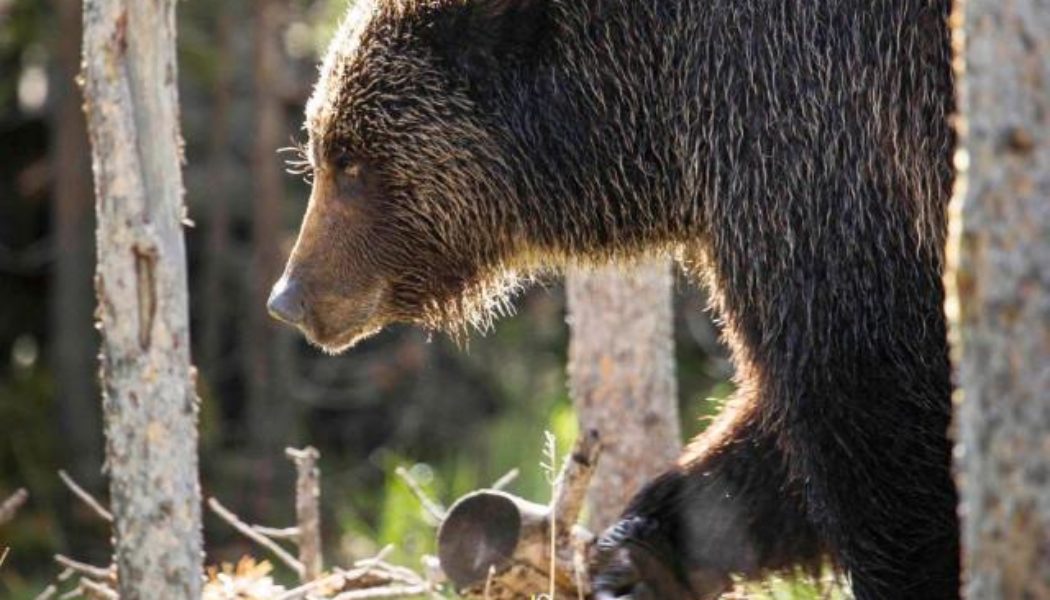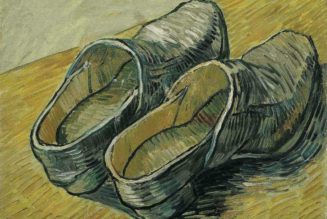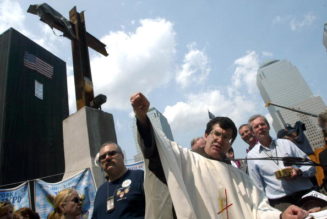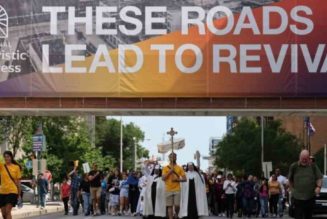Looks like the folks at the
National Park Service social media team have a bit of a dark sense of humor. Check out these bear safety tips posted Sunday including
“Do not run up and push the bear and do not push a slower friend down…even if you feel the friendship has run its course.” Seriously though, there have a been a string of serious bear encounter incidents in National Parks this year and we all need to be bear aware when traveling in their natural habitat.
If a bear clacks its teeth, sticks out its lips, huffs, woofs, or slaps the ground with its paws, it is warning you that you are too close and are making it nervous. The bear’s nervous? Heed this warning and slowly back away. What else should you do or not do if you come across a bear in Yellowstone?

Do not immediately drop to the ground and “play dead.” Bears can sense overacting.

Do not run, shout, or make sudden movements.
 Do not run up and push the bear and do not push a slower friend down…even if you feel the friendship has run its course.
Do not run up and push the bear and do not push a slower friend down…even if you feel the friendship has run its course.
Running may trigger a chase response in the bear and you can’t outrun a bear. Bears in Yellowstone chase down elk calves all the time. You do not want to look like a slow elk calf. (Apologies to the elk calf.)

Slowly putting distance between yourself and the bear may defuse the situation.

Draw your bear spray from the holster, remove the safety tab, and prepare to use it if the bear charges.

In most cases, climbing a tree is a poor decision. Bears can climb trees (especially if there is something up the tree that the bear wants). Also, when was the last time you climbed a tree?
 Running to a tree or frantically climbing a tree may provoke a bear to chase you. If the friend you pushed down somehow made it up a tree and is now extending you a hand, there’s a good chance you’re not getting up that tree. Karma’s a bear.
Running to a tree or frantically climbing a tree may provoke a bear to chase you. If the friend you pushed down somehow made it up a tree and is now extending you a hand, there’s a good chance you’re not getting up that tree. Karma’s a bear. Learn more bear safety tips
GO HERE